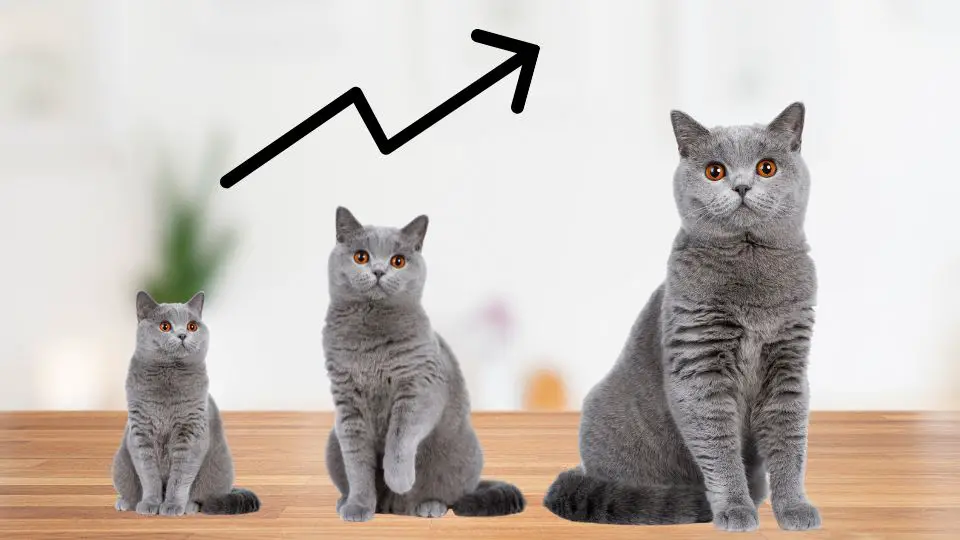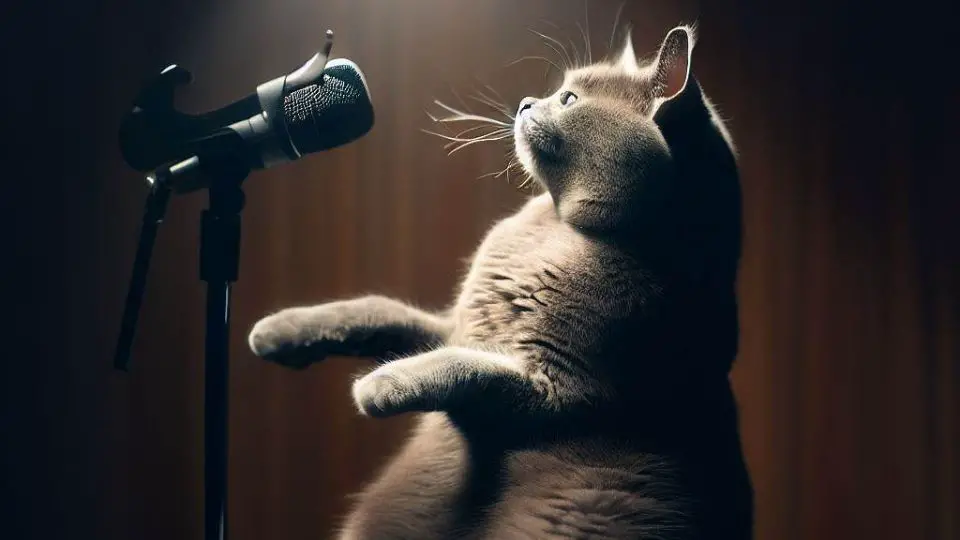Arterial thromboembolism (ATE) is a serious and potentially life-threatening condition that can affect British Shorthair cats. This condition is caused by a blood clot that forms in the heart and then travels to the arteries, blocking blood flow to the legs and other parts of the body.
ATE is often associated with underlying health problems such as heart disease, hyperthyroidism, and obesity.
In this article, we will discuss the causes, symptoms, diagnosis, treatment, and prevention of ATE in British Shorthair cats.
Causes of ATE in British Shorthair cats
Arterial thromboembolism (ATE) is a serious condition that can affect British Shorthair cats. It occurs when a blood clot forms in the heart and travels through the arteries, blocking blood flow to other parts of the body. This can result in a range of symptoms, from sudden pain and weakness to paralysis of the hind legs.
There are several factors that can contribute to the development of ATE in British Shorthair cats:
- Heart disease is a leading cause of ATE in cats, including British Shorthairs. Cats with hypertrophic cardiomyopathy (HCM), a condition characterized by thickened heart muscle, are at particular risk for ATE. When the heart muscle is thickened, blood flow can become impaired, leading to the formation of clots.
- Hyperthyroidism can increase the risk of ATE in British Shorthair cats. Cats with an overactive thyroid gland may experience changes in their blood clotting factors, which can increase the likelihood of clot formation.
- Obesity is also a risk factor for ATE. Excess weight can put added stress on the heart and circulatory system, making clots more likely to form. In addition, obesity is often associated with other conditions that can increase the risk of ATE, such as diabetes and high blood pressure.
- Trauma is another potential cause of ATE in British Shorthair cats. Injuries that cause damage to blood vessels or tissues can trigger the formation of blood clots. This can occur as a result of trauma to the legs, spine, or other areas of the body.
Signs and symptoms of ATE in British Shorthair cats
Let’s explore the signs and symptoms of ATE in British Shorthair cats.
Sudden onset of pain and weakness
One of the most obvious signs of ATE is sudden and severe pain in the hind legs. The affected cat may be reluctant to move and may cry out in pain when touched or moved. They may also show signs of weakness or even paralysis in the hind legs.
Paralysis of hind legs
As the blood clot blocks the flow of blood to the hind legs, the affected limbs may become paralyzed. This can lead to difficulty walking or standing, and the cat may drag themselves along the ground.
Cold limbs
As the blood flow to the hind legs is restricted, the affected limbs may become cold to the touch. This is due to a lack of blood flow and can be a sign of a serious medical emergency.
Rapid breathing and heart rate
The pain and distress caused by ATE can also cause rapid breathing and an elevated heart rate in affected cats. This is due to the increased stress on the body as it tries to compensate for the lack of blood flow.
Diagnosis of ATE in British Shorthair cats
Diagnosing ATE in British Shorthair cats typically involves a combination of physical examination, imaging tests, and blood tests. A veterinarian may first perform a physical examination to check for symptoms such as a weak or absent pulse in the hind limbs, a lack of sensation in the paws, and pale or blue-colored skin.
Imaging tests such as X-rays and ultrasound can help identify the location of the blood clot, while blood tests may be used to check for any underlying conditions that could contribute to the development of ATE.
Overall, prompt and accurate diagnosis of ATE is crucial to effective treatment and management of the condition.
Treatment and management of ATE in British Shorthair cats
Pain management is a key component of treating ATE in British Shorthair cats. Pain medications such as nonsteroidal anti-inflammatory drugs (NSAIDs) or opioids may be used to alleviate discomfort. Blood clot dissolution therapy, such as thrombolytic drugs or heparin, may be used to help dissolve the clot and improve blood flow.
Management of underlying conditions, such as heart disease, hyperthyroidism, or obesity, is also important in the treatment of ATE. Addressing these conditions may help prevent future blood clots from forming.
Rehabilitation therapy can be part of treatment for ATE in British Shorthair cats. Physical therapy and exercise can help the affected limbs regain strength and mobility, and may help prevent future blood clots from forming.
Long-term management of ATE may also include regular check-ups with a veterinarian, monitoring for signs of recurrence, and implementing preventative measures such as weight management and treatment of underlying conditions.
Prevention of ATE in British Shorthair cats
Regular veterinary check-ups
One of the best ways to prevent ATE is by taking your British Shorthair cat for regular veterinary check-ups. During these check-ups, your veterinarian can detect any underlying health conditions that may increase your cat’s risk of developing ATE. Regular check-ups can also help identify and treat any existing health issues before they become more serious.
Weight management
Obesity is a known risk factor for ATE in British Shorthair cats. Therefore, it is essential to manage your cat’s weight through proper diet and exercise. Feeding your cat a high-quality, nutritionally balanced diet in appropriate portion sizes can help prevent obesity. It is also important to encourage regular exercise and playtime to keep your cat active and healthy.
Treatment of underlying conditions
Underlying medical conditions such as heart disease, hyperthyroidism, and obesity can increase the risk of ATE in British Shorthair cats. Therefore, it is essential to manage these conditions appropriately. This may involve medication, dietary changes, or other lifestyle modifications.
Conclusion
ATE is a serious and potentially fatal condition that can affect British Shorthair cats, but it can be prevented with proper veterinary care and management of underlying health conditions. By being aware of the signs and symptoms of ATE and taking steps to prevent it, pet owners can help their furry friends live long and healthy lives.
Regular veterinary check-ups, weight management, and treatment of underlying conditions can all play a crucial role in preventing ATE and ensuring the overall health and well-being of British Shorthair cats.







